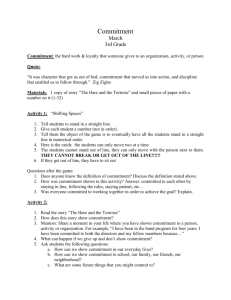
The first verse of Panini’s grammar is in fact called Shiva sutra. The story goes that when Shiva granted the boon of wisdom to the ignorant Panini (the great Sanskrit grammarian), the sound of the drum encapsulated the whole of Sanskrit grammar. It represents sound as the first element in an unfolding universe, for sound is the first and most pervasive of the elements. The drum also provides the music that accompanies Shiva’s dance. The upper right hand holds a hour-glass drum which is a symbol of creation. Each hand either holds an object or makes a specific mudra (gesture). These multiple arms represent the four cardinal directions. The most common figures depict a four-armed Shiva. These iconographic details of Nataraja are to be read, according to the Hindu tradition, in terms of a complex pictorial allegory. This dance is called the Dance of Bliss (anandatandava). A cobra uncoils from his lower right forearm, and the crescent moon and a skull are on his crest. In these images, Nataraja dances with his right foot supported by a crouching figure and his left foot elegantly raised.
#Sree vidya fifttheen vigraha ka unka shiv shiv aradhna series#
Shiva Nataraja was first represented thus in a beautiful series of South Indian bronzes dating from the tenth and twelfth centuries A.D. Shiva, therefore, the arch-yogi of the gods, is necessarily also the master of the dance. In India consequently, dance has flourished side by side with the terrific austerities of the meditation grove (fasting, absolute introversion etc.). Like yoga, dance induces trance, ecstasy and the experience of the divine. To understand the concept of Nataraja we have to understand the idea of dance itself.

Upon him the god pressed the tip of his foot, and broke the creature’s back, so that it writhed upon the ground and so, his last foe prostrate, Shiva resumed the dance. Then he began to dance but there rushed upon him a last monster in the shape of a malignant dwarf. Undiscouraged by failure, the sages renewed their offerings, and produced a monstrous serpent, which however Shiva seized and wreathed about his neck like a garland. A fierce tiger was created in sacrificial fires, and rushed upon him but smiling gently, he seized it and, with the nail of his little finger, stripped off its skin, and wrapped it about himself like a silken cloth. The sages were at first led to violent dispute amongst themselves, but their anger was soon directed against Shiva, and they endeavored to destroy him by means of incantations. Thither proceeded Shiva to confute them, accompanied by Vishnu disguised as a beautiful woman.

In a dense forest in South India, there dwelt multitudes of heretical sages. There is an interesting legend behind the conception of Shiva as Nataraja. The Chola Nataraja is often said to be the supreme statement of Hindu art. The visual image of Nataraja achieved canonical form in the bronzes cast under the Chola dynasty in the 10th century AD, and then continued to be reproduced in metal, stone and other substances right up to the present times. Shiva the Hindu god of destruction is also known as Nataraja, the Lord of Dancers (In Sanskrit, Nata means dance and raja means Lord). Shiva as Nataraja: The Cosmic Dancer Note: This section was written by Nitin Kumar of Exotic India.


 0 kommentar(er)
0 kommentar(er)
